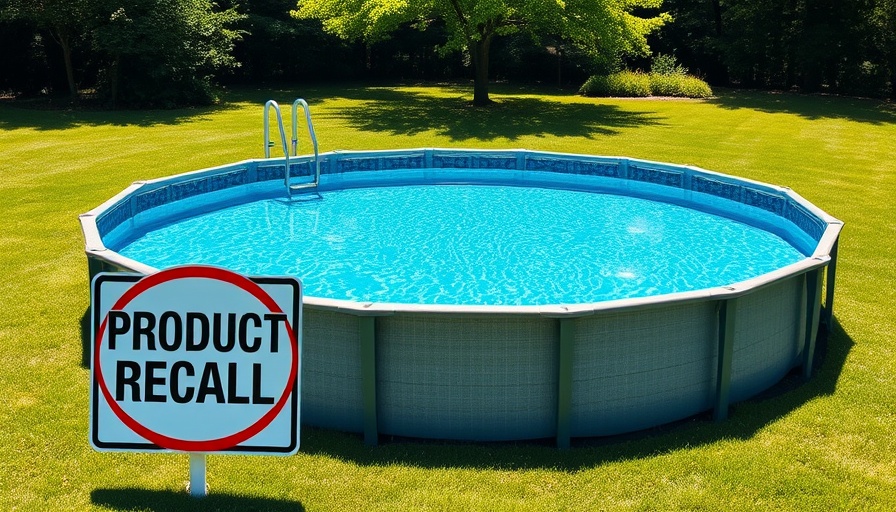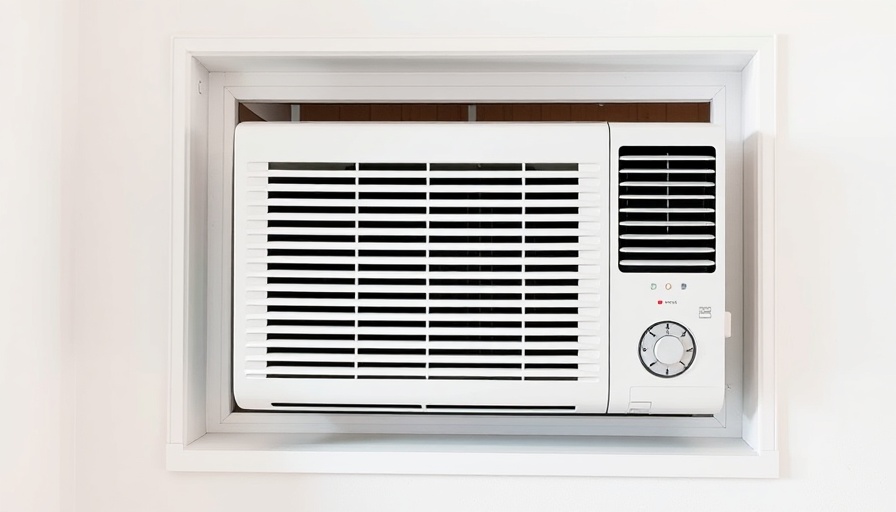
Urgent Recall: 5 Million Above-Ground Pools Pose Drowning Risk
As summer temperatures soar, families dream of spending time in their backyards, enjoying the pleasures of above-ground swimming pools. However, recent news brings a chilling reminder of safety: over 5 million above-ground pools have been recalled due to a serious drowning hazard. It is crucial for homeowners to be aware of the potential dangers and take immediate action to safeguard their loved ones.
Why Are These Pools Being Recalled?
The United States Consumer Product Safety Commission (USCPSC) has identified concerning issues with specific above-ground pools, particularly those using compression straps to support the structure. These straps can inadvertently create footholds that allow young children to access the pool, leading to tragic drowning incidents. With at least nine reported fatalities of children aged between 22 months and 3 years, this recall underscores the urgent need for vigilance.
Identifying the Drowning Hazard Pools
The USCPSC has provided a critical list of manufacturers and pool specifications that pose a drowning risk. If you own an above-ground pool that is 48 inches deep or higher and produced by Bestway, Intex, or Polygroup starting from 2002, it is essential to verify whether your pool is part of this recall.
Steps to Take If You Own a Recalled Pool
If your pool is identified in the recall, don't panic. A repair kit is available through the manufacturer, designed to replace the faulty compression strap with a safer rope system, preventing children from gaining access. Until repairs are completed, it's vital to secure the pool by either monitoring children's access or draining the water altogether.
Ensuring Pool Safety This Summer
As we look forward to warm days by the pool, let's ensure that we prioritize safety above all else. Here are some key steps for homeowners:
- Regularly Inspect Your Pool: Keep an eye out for any signs of wear on pool components that may pose safety risks.
- Implement Safety Measures: Safety covers and pool alarms can provide additional layers of security.
- Educate Children: Teach children about pool safety and encourage them to never access the pool unsupervised.
Local Perspectives on Pool Safety
Given the alarming drowning statistics, local communities are responding with awareness campaigns focusing on safe swimming practices. Neighborhood pool parties are often tied to discussions on safety, indicating a shift towards communal responsibility regarding children's safety around pools.
Conclusion: A Call to Action for All Homeowners
The recall of over 5 million above-ground pools is a staggering reminder of our shared responsibility to protect our families. By remaining informed and taking proactive measures, we can ensure a safe swimming environment. If your pool is affected, reach out to your manufacturer for a repair kit today. Your children’s safety is worth it.
 Add Row
Add Row  Add
Add 




Write A Comment